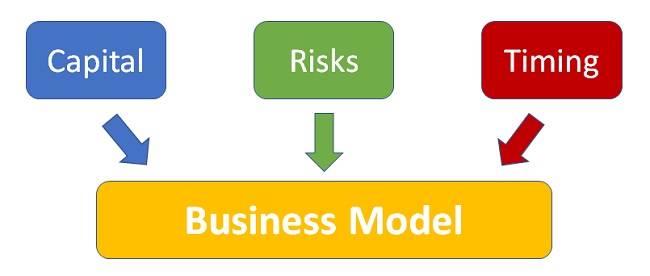
“Gary Skarke is an expert in the area of transformation. His company’s success, for the most part, has been outside of healthcare but has touched healthcare on a small scale. As we all know, healthcare is going through a significant transformation and most of what he will share in the article below aligns well with what is happening in the healthcare industry today."
This is the third article in a series of articles focusing on the many types of transformation his company has helped other organizations navigate successfully and how these same situations are occurring within healthcare today.” – Jim Wiederhold
Click here to read the first and second article.
Process transformation focuses on making major changes to the activities and tasks (the how) by which the organization delivers its products and/or services. A core process (i.e., one that adds value to the customer) might be inquiry to order, order to cash, or product line development. Tools used to transform processes frequently includes business process reengineering, process redesign, Six Sigma, Lean or other quality related tools.
A global software manufacturer reduced the cost to process a customer order from $800 to $125. Sales reps saved an average of two hours a week (7% improvement) contacting customers by phone. The CEO said, “Sales reps tell me the time they used to spend putting together sales forecasts now spend that time on strategies to make that forecast a reality.” Initially, the client was frustrated because they spent several months analyzing the “as is” order process and the team was totally unmotivated. Their over analysis was paralyzing them. They quickly re-energized when they shifted to redesigning the “to be” process.
In healthcare, organizations are compelled to improve their treatments, eliminate non, value-added tasks, reduce wait time and cost, treat more patients -- while improving quality and patient outcomes. Such dramatic improvements can generally only be achieved and sustained with a rigorous and aggressive process improvement effort.
Connect with us on LinkedIn, join our Active Network Program and look at the other areas of connection we offer.
